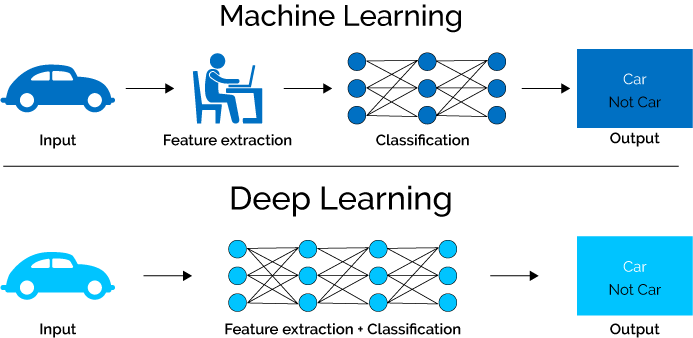Several experiments were designed to determine which of these was the predominant contributor to the enhanced ethanol preference seen in rejected-isolated males
Since the initial experiment does not allow us to clearly conclude why the virgin males preferred the alcohol (the list of possible reasons is given in the prior sentence), the researchers designed a series of follow-up experiments, each designed to examine a slightly different possibility.

